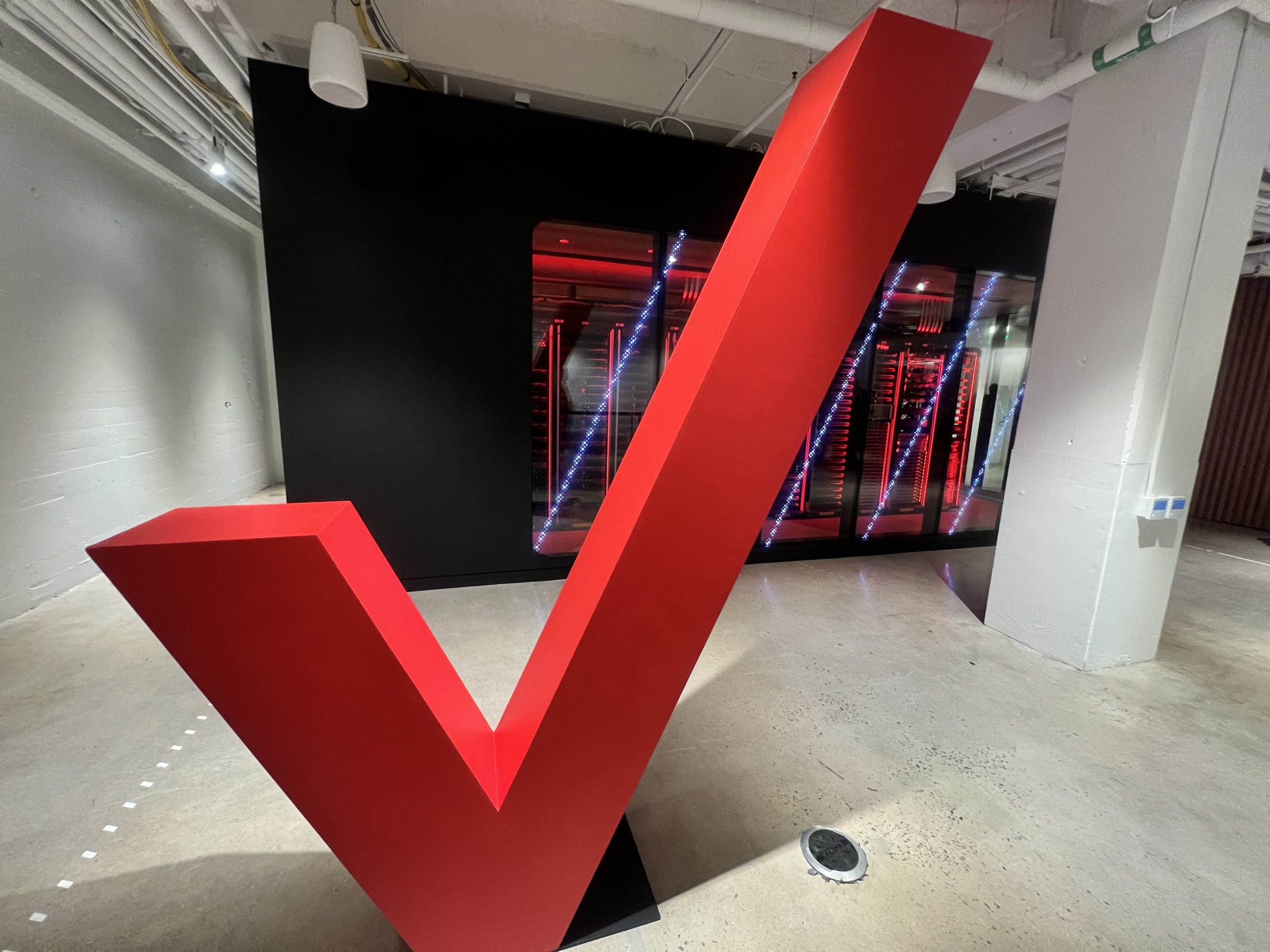Key takeaways from Verizon Q1 2024 results

Verizon reported its first quarter 2024 results yesterday, improving its customer losses compared to the same period last year, increasing wireless service revenues and for the first time, breaking out revenue details for its Fixed Wireless Access Service.
Here’s a more detailed look at what executives had to say about a number of aspects of the telco’s business, on the quarterly call with investors.
On its consumer customer efforts: Verizon cut its postpaid phone net losses by a little more than 100,000 compared to the year-ago quarter, despite additional pricing changes in the first quarter. CEO Hans Vestberg emphasized that the company’s “targeted and segmented go-to-market approach, combined with myPlan and its exclusive perks, is clearly working.” He added that Verizon’s myPlan also brings a recurring revenue stream of perks and services that are bundled with mobile service, such as its Netflix plus Max content bundle. Verizon wants to double the percentage of customers in its postpaid phone base who are on myPlan this year, and Vestberg said that Verizon is “starting to see a growing impact from perk revenue as we scale the number of subscriptions.”
The company plans to bring a similar approach to improve the metrics of its prepaid business.
On Fixed Wireless Access: For the first time, Verizon broke out its revenues from FWA, which has been included its in wireless service revenue. FWA revenue was $452 million for the quarter, up $197 million from the same time last year. Verizon added 203,000 FWA customers, with 203,000 coming from Consumer and Verizon Business seeing FWA adds of 151,000, its best quarterly results to date. “We’ve been pleased with how businesses have adopted FWA and we continue to see strong demand from small businesses and enterprises which are attracted to the ease of deployment, reliability, and the flexibility of the product,” said. Verizon finished out the first quarter with more than 11.1 million broadband subscribers, including more than 3.4 million FWA subs.
Vestberg said that the company was comfortable with its rate of FWA growth and that its network planning is being done to accommodate around 400,000 net adds per quarter.
“Fixed wireless access has turned out to be a large and growing opportunity. This is now a meaningful piece of our business,” Vestberg said.
He also mentioned on the call that Verizon is currently piloting a millimeter-wave-based FWA solution for multi-dwelling units that it expects to take commercial in the second half of this year that will, over time, provide expanded opportunities for its FWA service. “We’re piloting it right now, and it’s performing really well,” Vestberg said.
On ACP impacts: The federal Affordable Connectivity Program, which provided subsidies for internet service, is ending, absent action by Congress to provide additional funding. A number of operators, including Verizon, have announced efforts to continue to offer very low-cost service in an effort to retain ACP customers. Verizon said that it had about 1.1 million prepaid ACP customers as of the end of the first quarter, and the elimination of the program will reduce its wireless service revenues but have “minimal impact” overall on its margin and adjusted earnings, executives said.
“If nothing changes and the funding goes away in May, as is planned, then we have plans in place to address it, both from retention and potential acquisition opportunities as well,” said Verizon CFO Tony Skiadas.
On its AI strategy: Vestberg laid out three priorities for Verizon’s AI strategy. First, optimizing its internal operations, with the example of efficiency of fuel consumption. “AI is already central to our cost transformation program and will become even more important over time,” Vestberg said. He also said that Verizon is using AI in its network in terms of efficient use of capacity deployment and power consumption. Second, using AI capabilities for personalized plan recommendations for customers, which he said is “producing good early results.” In particular, Vestberg said that AI is helping make sure Verizon is “directing the money to the right customers” in terms of attraction and retention. Third is “establishing an AI-based revenue stream by commercializing our network’s unique low latency, high bandwidth and robust mobile edge compute capabilities,” Vestberg explained, adding: “Generative AI workloads represent a great long-term opportunity for us.” He went on to say that Verizon’s “consistent network investment puts us in an unmatched position to deliver AI services at scale.”
On the spectrum landscape: Asked about Verizon’s potential appetite for additional spectrum, perhaps through airwaves that could be had through UScellular or Dish Network, Vestberg sounded content with Verizon’s current spectrum position. He said that many of Verizon’s existing sites have only deployed 60 or perhaps 80 megahertz of the 161 megahertz of C-Band spectrum that it purchased nationwide. “We bought spectrum for decades, not for the next two quarters or something like that. So we feel really good about it,” he said.
“Our strategy from the start was to build a network once, to meet the needs of the present, and to optimize it for the future, and we’re doing just that,” he concluded.

Comments are closed.